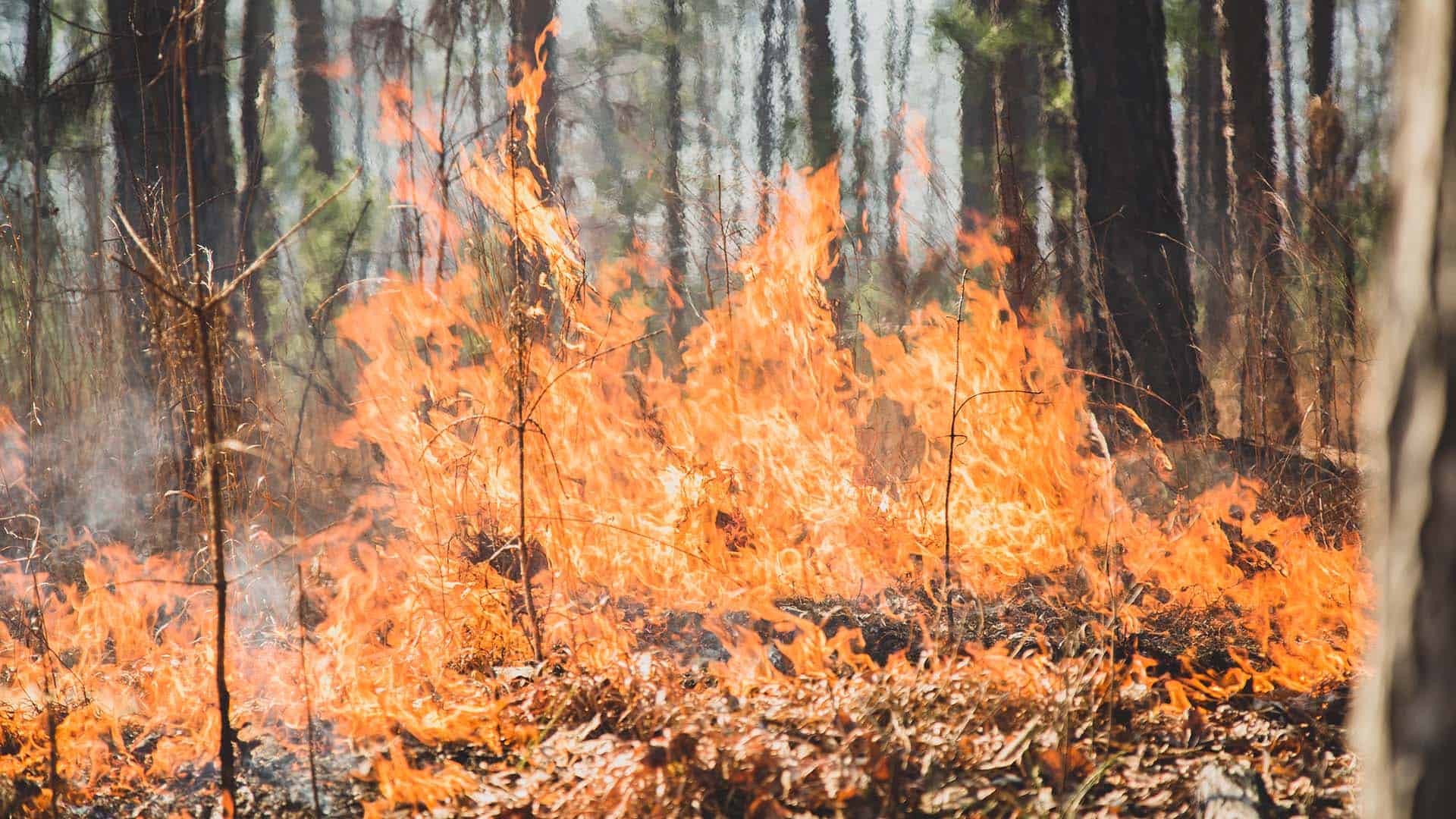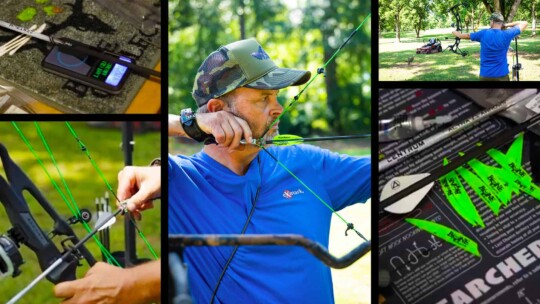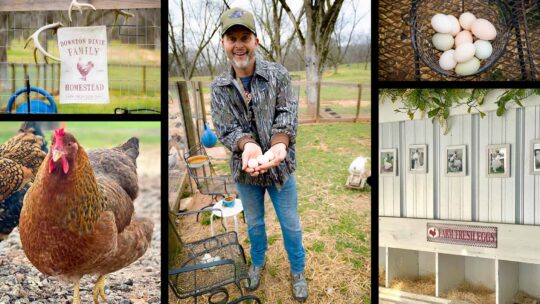In this Backyard Life video, Michael Waddell, or the Bone Collector, is taking you behind the scenes on his rural Georgia property, where controlled burns are normal practice. The Exmark Ambassador knows all about how important it is to keep certain parts of your property clean and open. Whether you’re trying to attract wildlife like turkeys, or you’re just interested in clearing out that tangled brush and high grass, controlled burns, when done correctly, can be an easier way to get some hard work done.
How to Do a Controlled Burn
- The first and most important thing to do is obtain a burn permit. To do that, you’ll want to contact your Forestry Department.
- You’ll want to dig fire ditches. Those will run the perimeter of the area you want to burn and will prevent your fire from jumping from the correct area into a dangerous area. If you need extra help, you can also ask the Forestry Department to come out and give you a hand.
- Be sure to use a backburning technique. This means burning the area adjacent to your freshly plower firebreak before you begin the burn. This ensures that there’ll be no fuel for the fire as it approaches and it will start to subside before it even reaches your break.
- You want to burn against the wind. If you want it hotter, you can burn it with the wind, but you’ll want to be sure you’ve got those burn ditches in place before doing so!

The Benefits of Controlled Burning
- It’s good for the timber.
Believe it or not, controlled burns can actually help the timber on your property. Removing the underbrush and the saplings that might be growing up helps to reduce the competition for your trees, keeping them strong and healthy. - It’s good for the soil.
When there are fewer plants and saplings growing up in the soil, there’s less competition in the soil. When you clear the underbrush, your soil is likely to be more fertile and able to get more sun and air. - It’s good for the wildlife.
There are several reasons that controlled burns are good for the wildlife. The first is that it clears a space for them to freely walk. While Waddell says that’s not great for deer, he assures you that after a year of growth, it’ll be the perfect environment for them. And until then, it’s the perfect environment for the turkeys. The second reason is that it exposes new food to wildlife. Less underbrush means the turkeys can more easily find bugs and seeds.
It’s important to note that you’ll need to stay on top of burning in order to keep the underbrush under control, which Waddell recommends doing every two years. Waddell has two different patches that he burns, alternating which he’s burning and which he’s allowing to grow.
Now that you know the benefits of controlled burning, you can get started on your own property!
More Like This:



